

- RFQ
- BOM
-
Contact Us
Tel: +86-0755-83501315
Email: sales@sic-components.com
- Chinese
- English
- French
- German
- Portuguese
- Spanish
- Russian
- Japanese
- Korean
- Arabic
- Irish
- Greek
- Turkish
- Italian
- Danish
- Romanian
- Indonesian
- Czech
- Afrikaans
- Swedish
- Polish
- Basque
- Catalan
- Esperanto
- Hindi
- Lao
- Albanian
- Amharic
- Armenian
- Azerbaijani
- Belarusian
- Bengali
- Bosnian
- Bulgarian
- Cebuano
- Chichewa
- Corsican
- Croatian
- Dutch
- Estonian
- Filipino
- Finnish
- Frisian
- Galician
- Georgian
- Gujarati
- Haitian
- Hausa
- Hawaiian
- Hebrew
- Hmong
- Hungarian
- Icelandic
- Igbo
- Javanese
- Kannada
- Kazakh
- Khmer
- Kurdish
- Kyrgyz
- Latin
- Latvian
- Lithuanian
- Luxembou..
- Macedonian
- Malagasy
- Malay
- Malayalam
- Maltese
- Maori
- Marathi
- Mongolian
- Burmese
- Nepali
- Norwegian
- Pashto
- Persian
- Punjabi
- Serbian
- Sesotho
- Sinhala
- Slovak
- Slovenian
- Somali
- Samoan
- Scots Gaelic
- Shona
- Sindhi
- Sundanese
- Swahili
- Tajik
- Tamil
- Telugu
- Thai
- Ukrainian
- Urdu
- Uzbek
- Vietnamese
- Welsh
- Xhosa
- Yiddish
- Yoruba
- Zulu
- Kinyarwanda
- Tatar
- Oriya
- Turkmen
- Uyghur
Capacitance Tolerance
I. Basic Concepts of Capacitance Tolerance
In the vast family of electronic components, capacitors play crucial roles such as storing electric charge and regulating voltage. Capacitance tolerance, one of the key indicators for measuring the performance of capacitors, is defined as the difference between the actual capacitance of electronic components like capacitors and their nominal capacitance. This difference is expressed as a percentage, which can intuitively reflect the degree to which the actual capacitance value deviates from the nominal capacitance value, thereby serving as an important basis for evaluating the performance of capacitors and other electronic components.
In terms of representation, capacitance tolerance is commonly expressed as a percentage, such as ±5%, ±10%, etc. Different tolerance levels are suitable for various application scenarios. The ±5% tolerance level is widely used in many general applications and can well meet the requirements of general electronic devices. The ±10% tolerance level is usually applied to circuits where the requirement for capacitance accuracy is relatively low or less critical. For high - precision circuits with extremely strict requirements for accuracy, such as audio equipment and timing circuits, a tolerance level of ±1% or lower is often adopted to ensure the stable and precise operation of the circuits. In addition, for capacitors with relatively small capacitance values, due to their small numerical values, picofarads (pF) may also be used as the unit to represent tolerance more precisely.
II. Code Representation of Capacitance Tolerance
To accurately identify capacitance tolerance during production, use, and maintenance, the Electronic Industries Alliance (EIA) has standardized the tolerance codes, which are somewhat similar to the tolerance codes of resistors. The specific tolerance codes are as follows:
B: Represents a tolerance of ±0.1%. This is an extremely high - precision level, typically applied in high - end electronic devices with stringent requirements for capacitance accuracy.
C: Indicates a tolerance of ±0.25%, suitable for some special circuits with relatively high accuracy requirements.
D: Signifies a tolerance of ±0.5%, which is relatively common in some electronic components with certain accuracy requirements.
F: Represents a tolerance of ±1%, often used in circuits with high accuracy requirements, such as some parts of precision measuring instruments.
G: Indicates a tolerance of ±2%, which can meet the requirements of circuits with moderate accuracy requirements.
J: Represents a tolerance of ±5%, a relatively common tolerance level, widely used in various general electronic circuits.
K: Signifies a tolerance of ±10%, usually used in circuits with low accuracy requirements.
M: Represents a tolerance of ±20%, generally applied to simple circuits with low requirements for capacitance accuracy.
Z: Indicates a tolerance of +80%, -20%, usually applicable to electrolytic capacitors. This is because the characteristics of electrolytic capacitors determine that their tolerance range is relatively large.
When reading the marking codes on capacitors, there are clear and strict rules. For two - digit codes, they directly represent the capacitance value in picofarads (pF). For example, the code "47" means the capacitance value of the capacitor is 47 pF. For three - digit codes, the first two digits represent the significant figures, and the third digit represents the number of zeros. For instance, for the code "224", the first two digits "22" are the significant figures, and the third digit "4" represents 10 to the power of 4. Then the capacitance value of the capacitor is 22 multiplied by 10 to the power of 4 picofarads, that is, 220,000 pF. The letter code after the numeric code is used to indicate the tolerance. Taking "224J" as an example, "224" represents a capacitance value of 220,000 pF, and "J" indicates that the tolerance of this capacitor is ±5%.
III. Factors Affecting Capacitance Tolerance
Capacitance tolerance is not a fixed value. It is affected by a variety of factors, which play important roles in the production and use of capacitors.
Manufacturing Process
During the manufacturing process of capacitors, changes in many aspects can affect the final capacitance value, leading to the generation of tolerance. For example, the purity of raw materials, the accuracy of proportioning, as well as the precision and stability of production equipment. Even slight differences in the manufacturing process, such as fluctuations in the temperature and humidity of the production environment, may cause the actual capacitance value of the capacitor to deviate from the nominal value, thus generating tolerance.
Dielectric Materials
Different dielectric materials have their own unique physical and chemical properties, which determine their different responses to the electric field and thus show different tolerance levels. For example, ceramic dielectric materials, electrolyte dielectric materials, and film dielectric materials have different parameters such as dielectric constant and loss factor. These differences directly affect the magnitude of capacitance tolerance.
Temperature
Temperature change is an important factor affecting capacitance, especially for ceramic capacitors. When the temperature changes, the lattice structure of ceramic materials will change, which in turn leads to a change in the dielectric constant and ultimately the capacitance value. This change in capacitance value directly affects the tolerance. In some temperature - sensitive circuits, special attention needs to be paid to the impact of temperature on capacitance tolerance.
Aging
Over time, capacitors will inevitably age. During long - term use, the materials inside the capacitor gradually undergo physical and chemical changes. For example, the drying up of the electrolyte and the degradation of the performance of the dielectric material. These changes will cause a slight drift in the capacitance value of the capacitor, resulting in a change in tolerance. Therefore, in some long - running circuits with high requirements for capacitance stability, the impact of capacitor aging on tolerance needs to be considered.
IV. Tolerance Characteristics of Different Types of Capacitors
Since there are various types of capacitors with different structures and materials, different types of capacitors have their own unique tolerance characteristics.
Ceramic Capacitors
As a common type of capacitor, ceramic capacitors have a wide range of applications. Their common tolerance levels are ±5%, which is suitable for many general application scenarios, such as general signal coupling and filtering circuits. The ±10% tolerance level is usually used in some circuits where the requirement for capacitance accuracy is relatively low or less important, such as some simple power supply filtering circuits. The ±20% tolerance level is mainly used in applications with low requirements for capacitance accuracy, such as some parts of consumer electronics products that are sensitive to cost.
Electrolytic Capacitors
Electrolytic capacitors also play an important role in electronic circuits, especially in situations where a large amount of charge needs to be stored. When the Z code is used to represent the tolerance, its tolerance range is +80%, -20%. This means that the deviation between the actual capacitance value and the nominal value of electrolytic capacitors can fluctuate within this relatively large range. This is because the working principle and structural characteristics of electrolytic capacitors determine that their tolerance is relatively large. However, in some power supply circuits with low requirements for capacitance accuracy, this relatively large tolerance is acceptable.
Other Capacitors
In addition to ceramic capacitors and electrolytic capacitors, there are many other types of capacitors, such as tantalum capacitors and film capacitors. Due to their different characteristics and application scenarios, their tolerance ranges and characteristics also vary. For example, tantalum capacitors have high stability and reliability, and their tolerance is relatively small, usually suitable for circuits with high requirements for capacitance accuracy. Film capacitors have good high - frequency performance, and their tolerance also varies according to different materials and manufacturing processes.
V. Impact of Capacitance Tolerance on Circuits
The existence of capacitance tolerance can have multiple impacts on the performance of electronic circuits, and these impacts vary in different types of circuits.
Frequency Response
In filter circuits, capacitance tolerance directly affects the cutoff frequency. The main function of a filter circuit is to allow signals within a specific frequency range to pass through while suppressing signals of other frequencies. Capacitors with high tolerance may cause the cutoff frequency to shift, resulting in a change in the filtering characteristics. For example, if the cutoff frequency changes, signals that should have been filtered out may not be effectively suppressed, thus affecting the normal operation of the circuit.
Timing Circuits
In timing circuits such as oscillators and timers, accurate capacitance values are crucial for the normal operation of the circuits. These circuits usually rely on the charging and discharging process of capacitors to achieve the timing function. Capacitors with large tolerance will lead to inaccurate and unstable timing, causing the output signals of the circuit to not change at the expected time intervals. For example, in a clock oscillator circuit, if the capacitance tolerance is too large, it may cause the frequency of the clock signal to be unstable, thereby affecting the synchronization performance of the entire system.
Resonant Circuits
In resonant circuits, such as those used in radios and filters, the resonant frequency depends on the precise values of capacitance and inductance. The existence of tolerance will cause the resonant frequency to shift, thereby affecting the performance of the circuit. For example, in the tuning circuit of a radio, if the capacitance tolerance is too large, it may be impossible to accurately tune to the desired radio frequency, thus affecting the reception effect.
Power Supply Filtering
In power supply circuits, the main function of capacitors is to filter out ripple voltage and provide a stable power output. Capacitors with large tolerance will reduce the effectiveness of the filter, increasing the ripple and noise in the output voltage. This may have a negative impact on the electronic devices connected to the power supply, such as causing the devices to operate unstably and reducing their performance.
Audio Circuits
In audio circuits, capacitors are used in various stages such as coupling, filtering, and tone control. Capacitance tolerance will affect the frequency response, phase shift, and overall sound quality. For example, in the coupling circuit of an audio amplifier, if the capacitance tolerance is too large, it may cause distortion of the audio signal, resulting in a decrease in sound quality, such as a blurry and unclear sound.
VI. Selection of Capacitance Tolerance in Applications
In the actual design and application of electronic circuits, the selection of capacitance tolerance is a process that requires comprehensive consideration of multiple factors.
High - Precision and High - Stability Applications
For applications with extremely high requirements for precision and stability, such as precision measuring instruments and audio amplifiers, in order to ensure the precise operation of the circuits, capacitors with relatively small tolerance are usually preferred. In precision measuring instruments, even a slight deviation in capacitance may lead to an increase in measurement errors and affect the accuracy of the measurement results. In audio amplifiers, a small capacitance tolerance can ensure the high - quality transmission and amplification of audio signals, avoiding problems such as distortion and thus achieving a better sound quality.
Special Application Scenarios
In some special application scenarios, it may be necessary to use capacitors with relatively large tolerance but within a certain tolerance range to adjust the frequency response of the filter. For example, in some filter circuits that need to adjust a specific frequency range, an appropriate tolerance can be used to fine - tune the frequency response of the filter by adjusting the capacitance value, thereby meeting specific design requirements. In this case, capacitors with larger tolerance can provide a larger adjustment range to a certain extent.
Cost Factor
There is a close relationship between capacitance tolerance and cost. Generally speaking, the smaller the capacitance tolerance, the higher the requirements for the manufacturing process and the greater the control difficulty during the production process, so the cost is also higher. When selecting capacitors, it is necessary to comprehensively consider cost - effectiveness on the premise of meeting application requirements. If the application does not have a particularly high requirement for capacitance accuracy, capacitors with larger tolerance can be selected to reduce costs. For applications with high accuracy requirements, it is necessary to balance cost and performance and select appropriate capacitors.
VII. Relationship between Capacitance Tolerance and Product Yield
During the production process of electronic products, even with relatively mature process technologies, the production line yield of electronic products can only reach about 90%. This phenomenon is closely related to the deviation (i.e., tolerance) between the actual data and the expected data of components such as capacitors. The existence of capacitance tolerance will cause the performance of some capacitors to not meet the nominal requirements, thereby affecting the quality of the entire electronic product. When these unqualified capacitors are used in circuits, they may cause circuit failures, thereby reducing the product yield. Therefore, during the production process of electronic products, strictly controlling capacitance tolerance and improving the consistency and stability of capacitors are of great significance for improving the overall quality and yield of products. By optimizing the manufacturing process, strengthening quality inspection, and other measures, capacitance tolerance can be effectively reduced, and the product yield can be increased, thereby enhancing the market competitiveness of electronic products.
In conclusion, as an important concept in the field of electronics, capacitance tolerance is related to multiple aspects such as the performance of capacitors, the operation of circuits, and the quality of products. In - depth understanding of the relevant knowledge of capacitance tolerance is crucial for electronic engineers and technicians to carry out reasonable circuit design, select appropriate electronic components, and improve product quality. With the continuous improvement of the performance requirements of electronic products in the future development of electronic technology, the research and control of capacitance tolerance will also be continuously deepened to meet increasingly complex and diversified application needs.
(https://www.sic-components.com/capacitors)

Hot Products
View MoreRelated Blogs

2000+
Daily average RFQ Volume

30,000,000
Standard Product Unit

2800+
Worldwide Manufacturers

15,000 m2
In-stock Warehouse




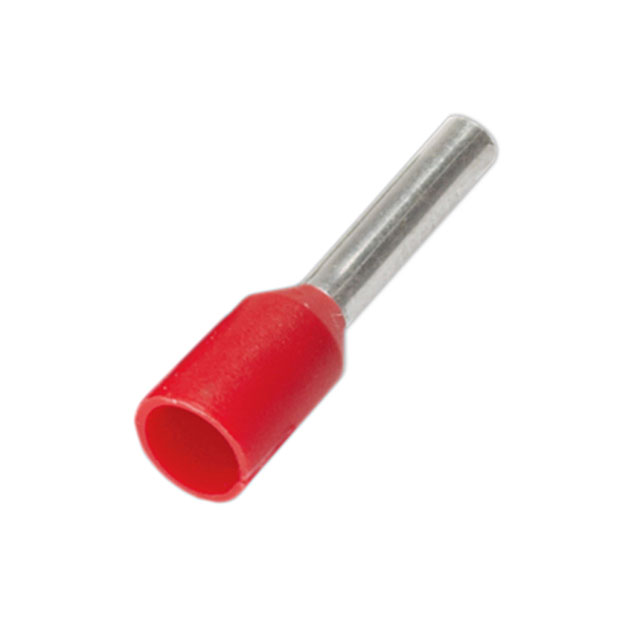
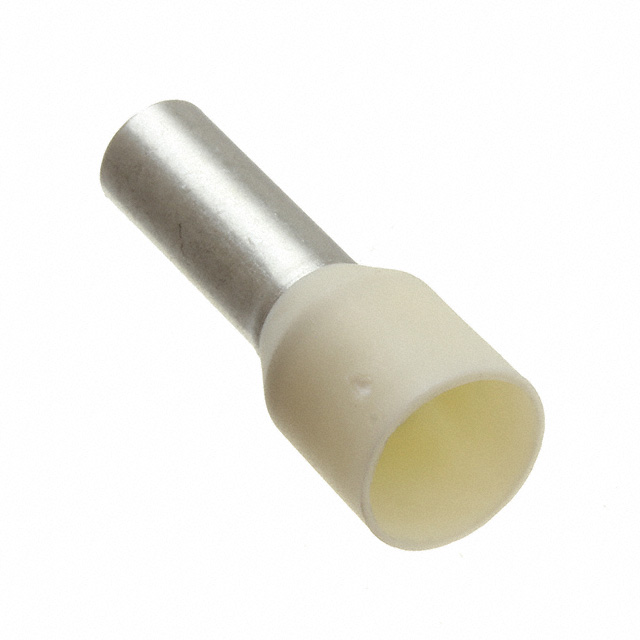



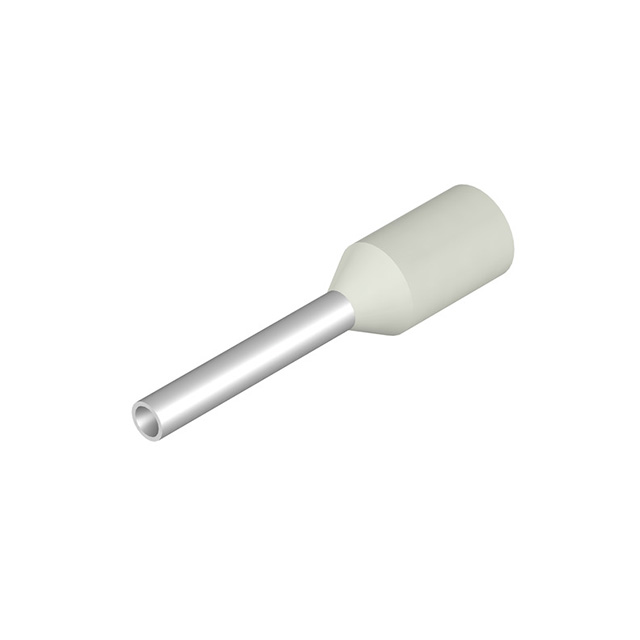
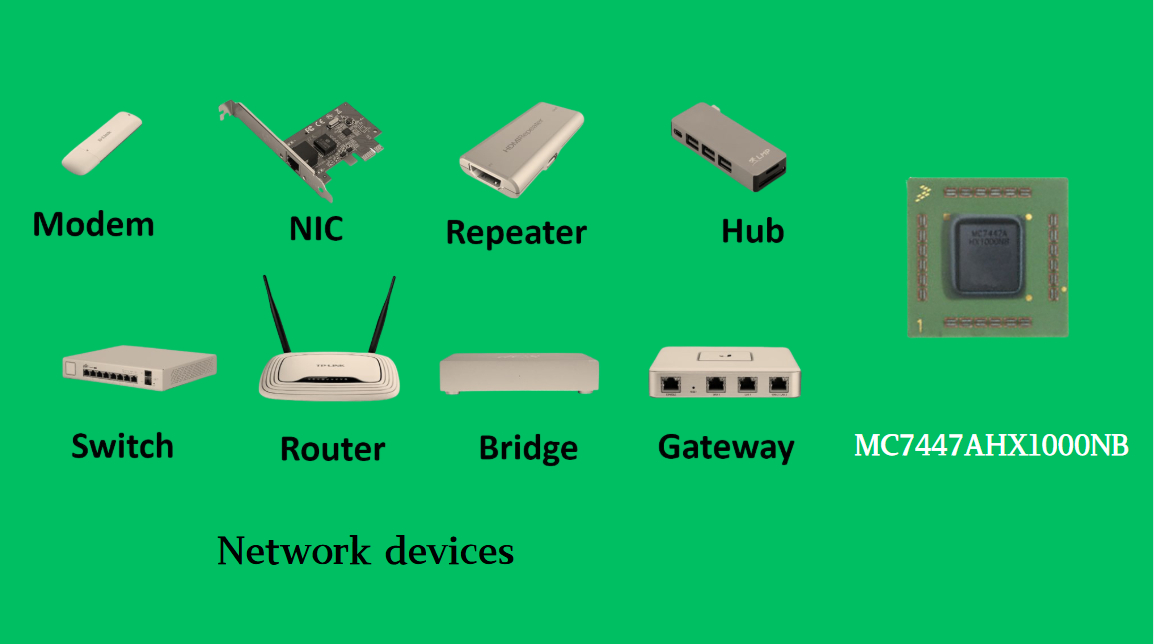
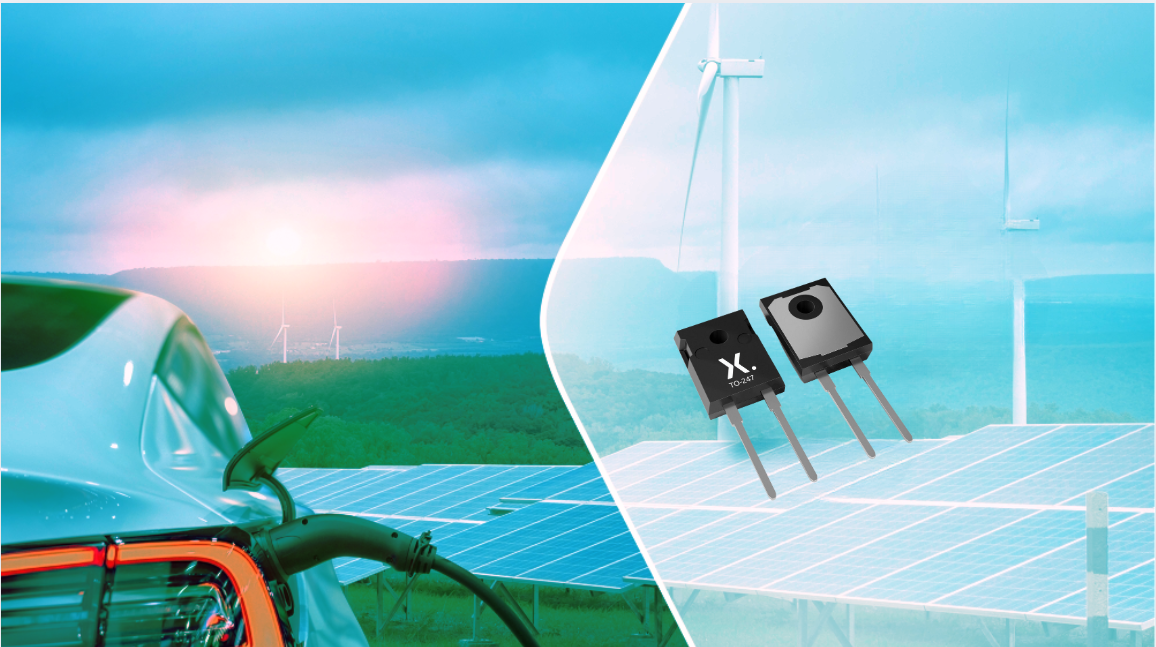
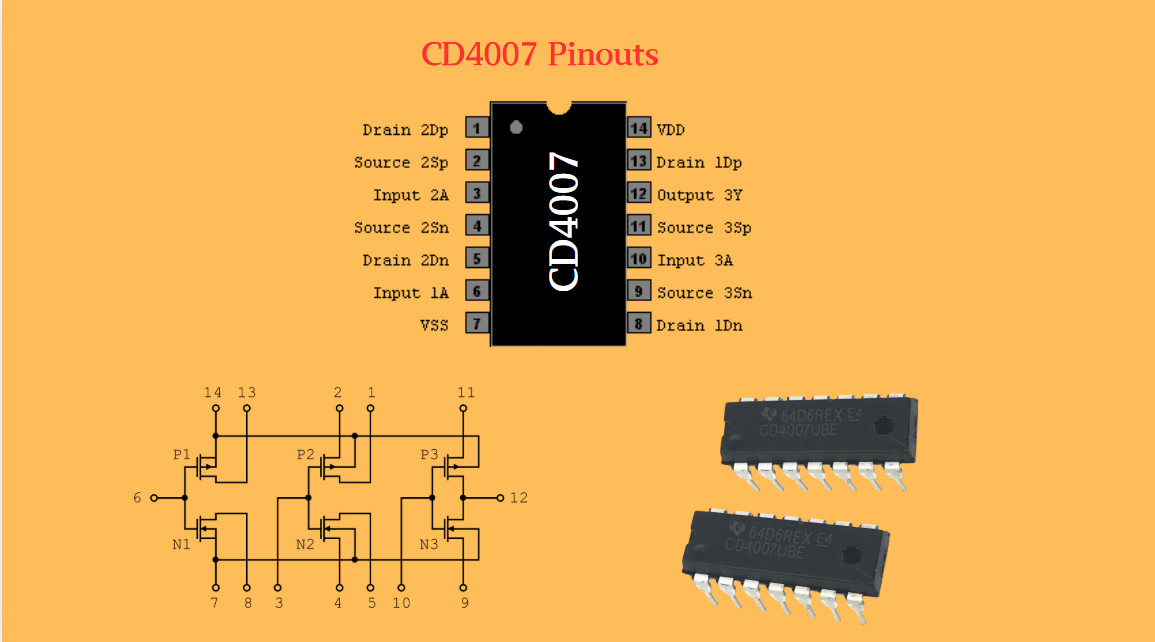
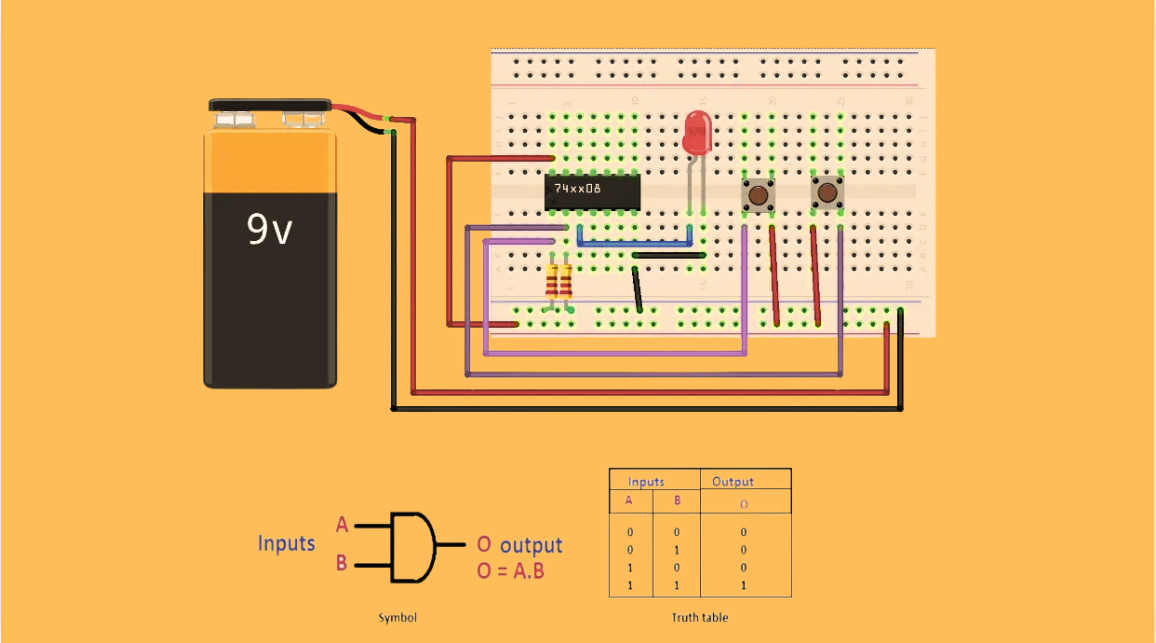
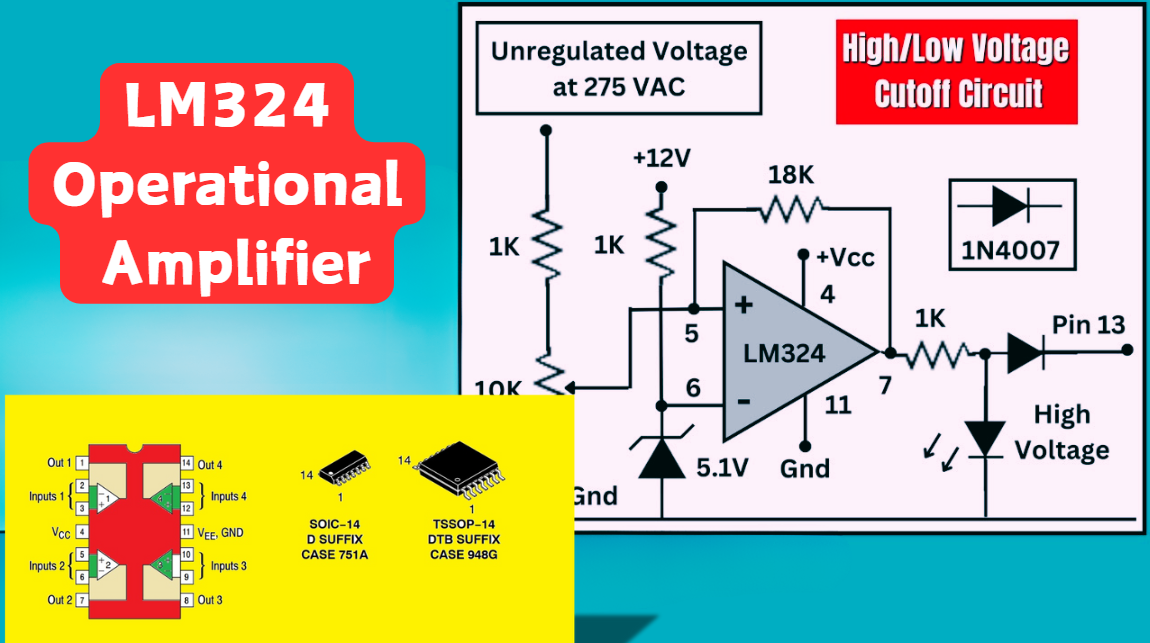
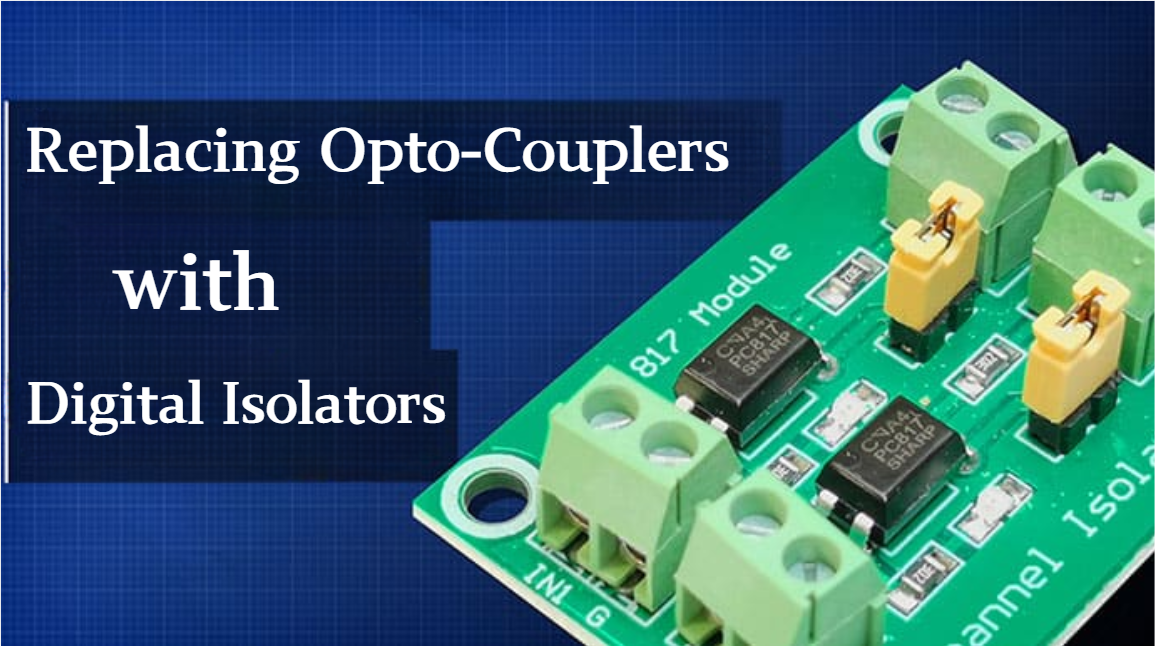
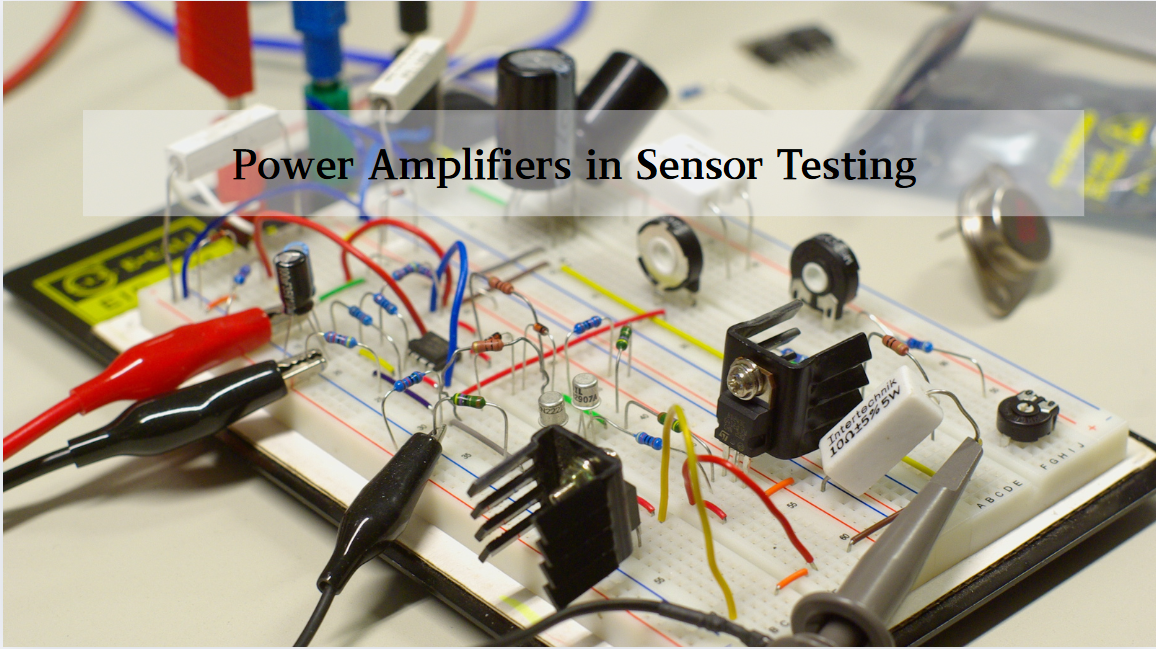
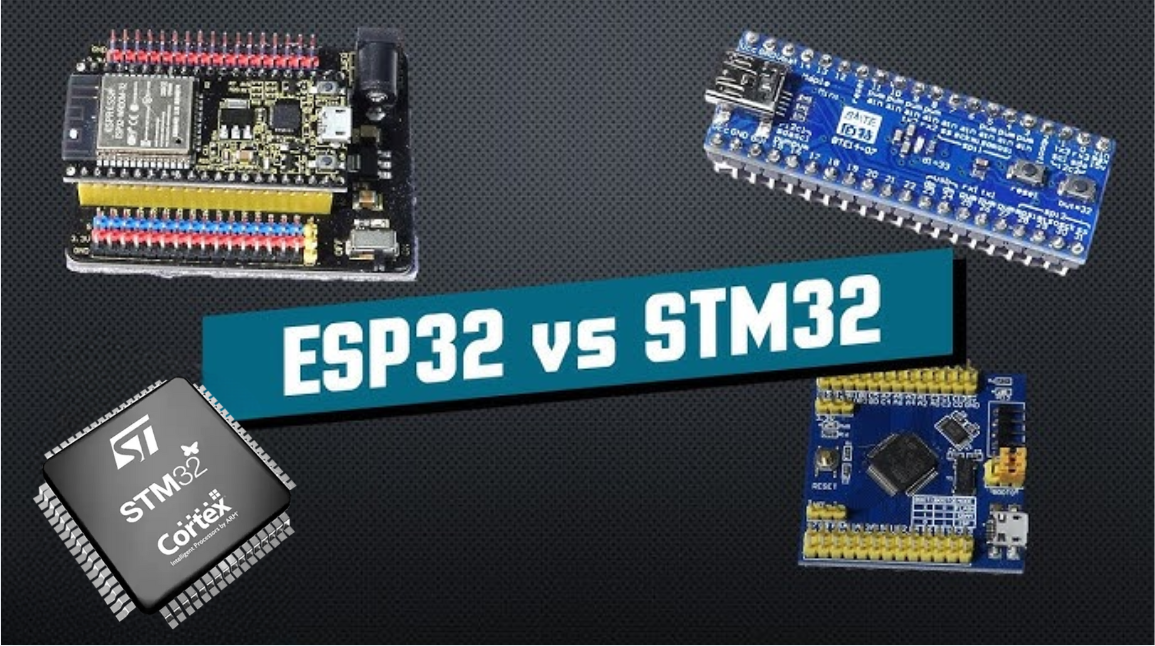

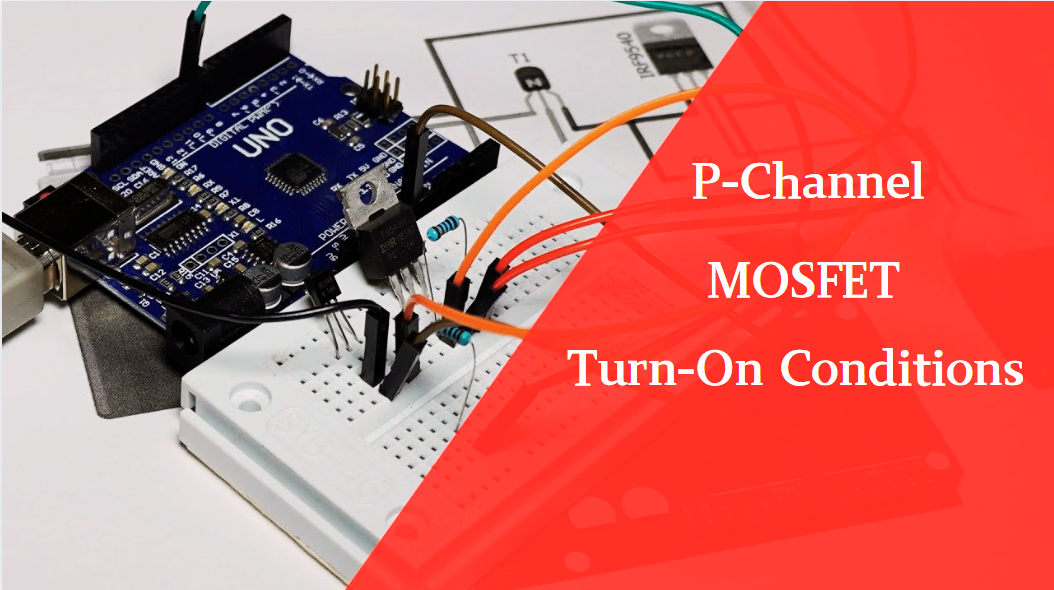
 Wishlist (0 Items)
Wishlist (0 Items)